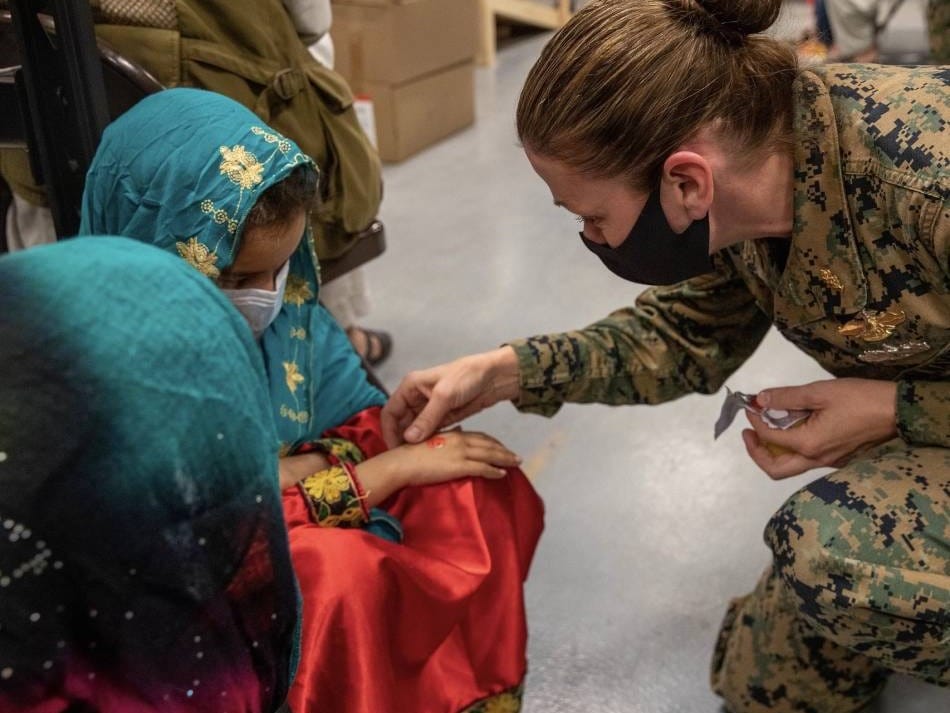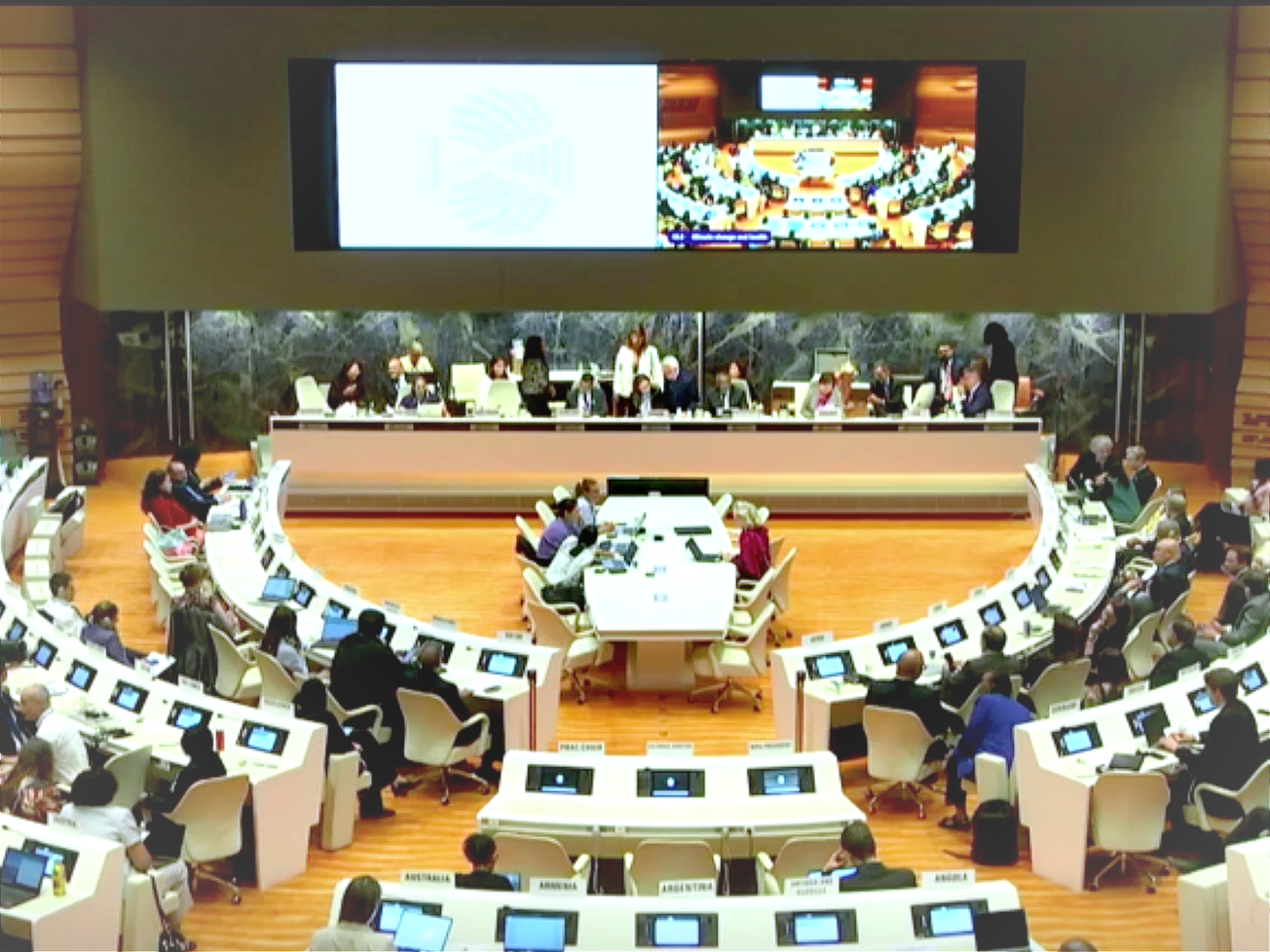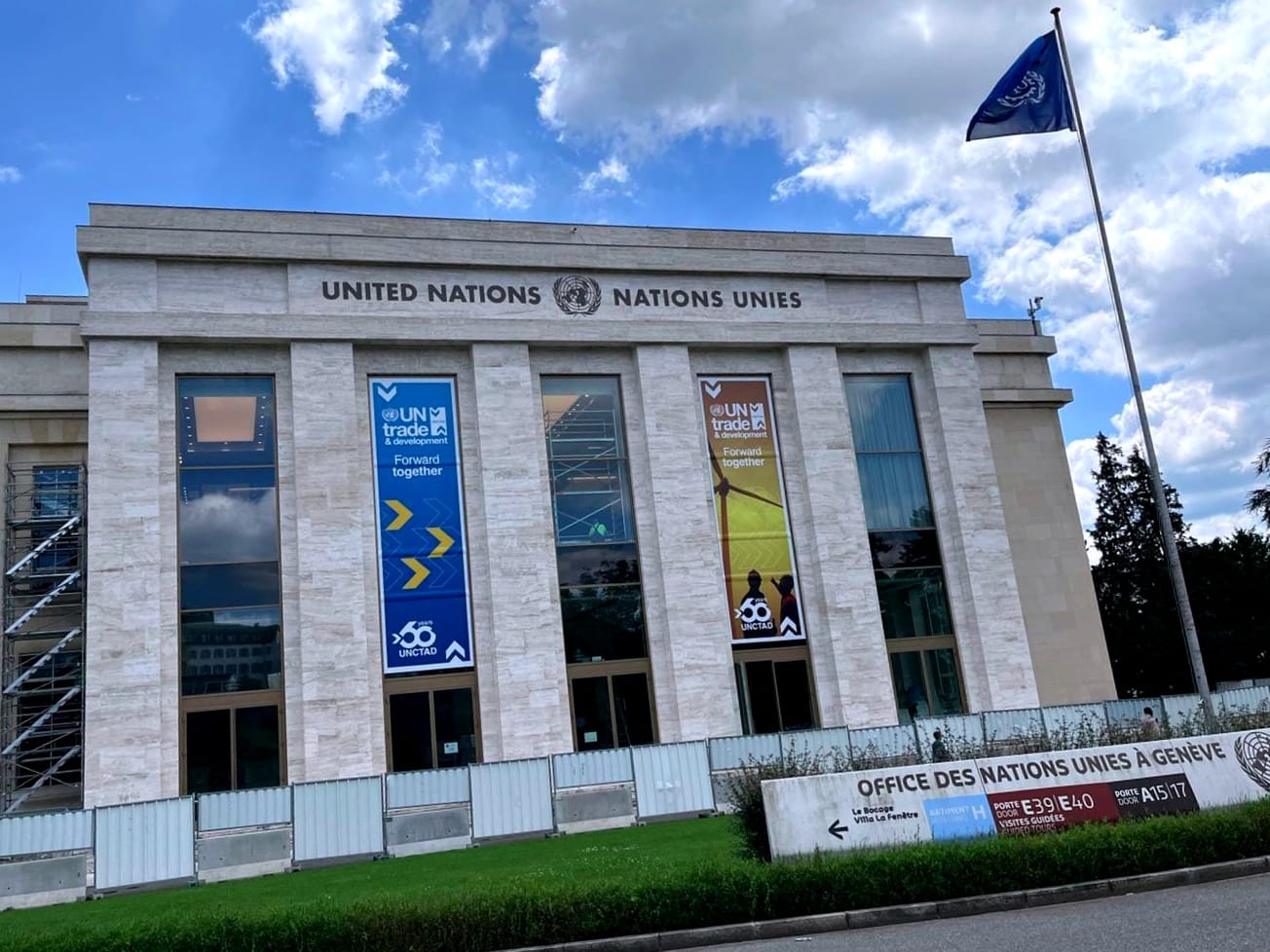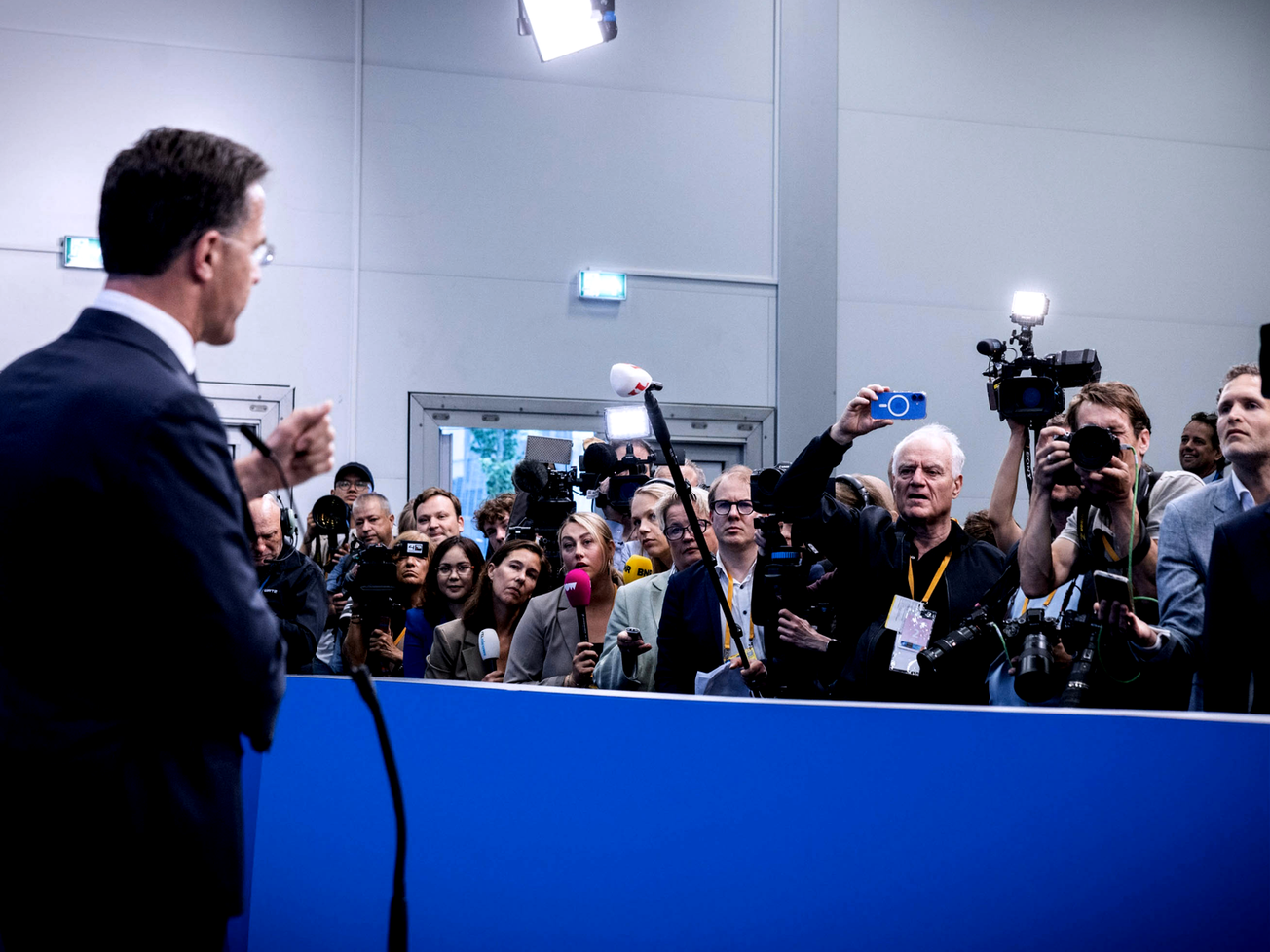The COVID-19 pandemic fueled the largest backslide in childhood vaccinations in three decades, threatening the health and lives of millions of children, UNICEF and the World Health Organization reported.
Their new report cites a number of factors for the sharp decline, including vaccine misinformation, conflicts and wars, pandemic lockdowns, supply chain disruptions and the diversion of resources to COVID immunization programs.








